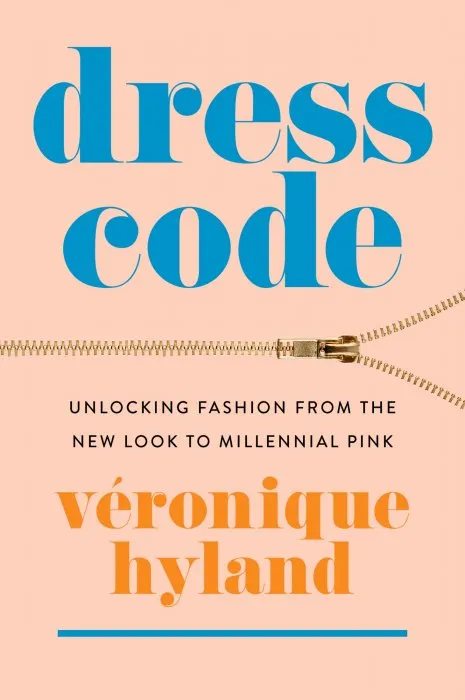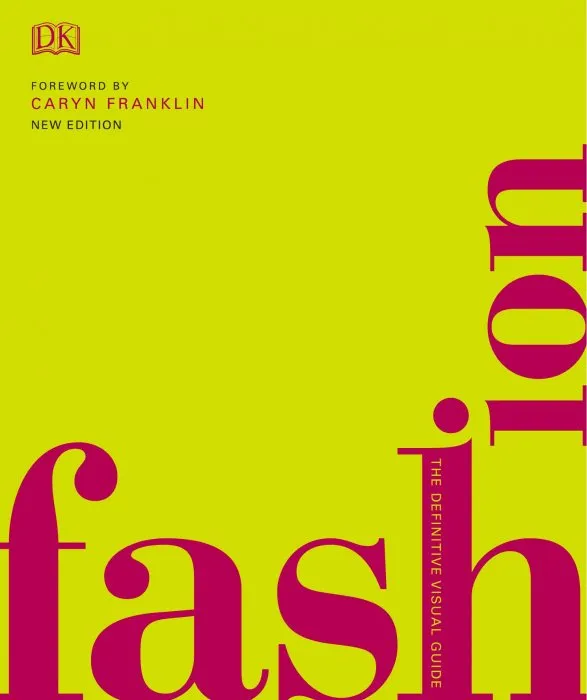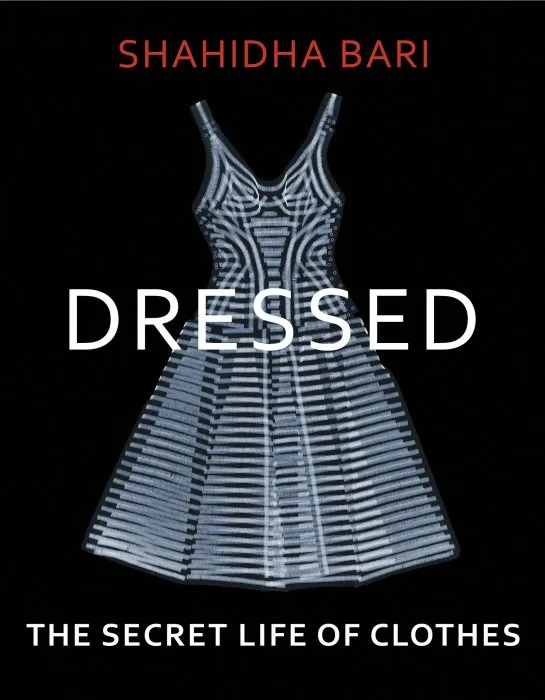Fashion and Family History: Interpreting How Your Ancestors Dressed

Date: December 14th, 2020
ISBN: 1526760266
Language: English
Number of pages: 200 pages
Format: EPUB
Add favorites
Studying dress history teaches us much about the past. In this skillfully illustrated, accessible and authoritative book, Jayne Shrimpton demonstrates how fashion and clothes represent the everyday experiences of earlier generations, illuminating the world in which they lived.
As Britain evolved during the 1800s from a slow-paced agrarian society into an urban-industrial nation, dress was transformed. Traditional rural styles declined and modern city modes, new workwear and holiday gear developed. Women sewed at home, while shopping advanced, novel textiles and mass-produced goods bringing affordable fashion to ordinary people. Many of our predecessors worked as professional garment-makers, laundresses or in other related trades: close to fashion production, as consumers they looked after their clothes.
The author explains how, understanding the social significance of dress, the Victorians observed strict etiquette through special costumes for Sundays, marriage and mourning. Poorer families struggled to maintain standards, but young single workers spent their wages on clothes, the older generation cultivating their own discreet style. Twentieth-century dress grew more relaxed and democratic as popular culture influenced fashion for recent generations who enjoyed sport, cinema, music and dancing.
As Britain evolved during the 1800s from a slow-paced agrarian society into an urban-industrial nation, dress was transformed. Traditional rural styles declined and modern city modes, new workwear and holiday gear developed. Women sewed at home, while shopping advanced, novel textiles and mass-produced goods bringing affordable fashion to ordinary people. Many of our predecessors worked as professional garment-makers, laundresses or in other related trades: close to fashion production, as consumers they looked after their clothes.
The author explains how, understanding the social significance of dress, the Victorians observed strict etiquette through special costumes for Sundays, marriage and mourning. Poorer families struggled to maintain standards, but young single workers spent their wages on clothes, the older generation cultivating their own discreet style. Twentieth-century dress grew more relaxed and democratic as popular culture influenced fashion for recent generations who enjoyed sport, cinema, music and dancing.
Download Fashion and Family History: Interpreting How Your Ancestors Dressed
Similar books
Information
Users of Guests are not allowed to comment this publication.
Users of Guests are not allowed to comment this publication.




